As consumers strive to find the cleanest and greenest labels that support their health goals and their values, the race is on for the new must-have ingredient: radical transparency

When it comes to food, “radical transparency” is the watchword for 2018, according to market-research firm Mintel. Indeed, 69% of 1,500 consumers surveyed in a recent Hartman Group report wanted more transparency and evidence from companies about their sustainability practices.
Considered a step beyond third-party certifications such as Fair Trade Certified or Marine Stewardship Council (MSC), radical transparency is about staying ahead of the curve by offering even more proof points to eaters. For companies embracing this approach, the goal is simple: provide a high-quality product while also ameliorating a social or environment ill.
Take seafood. Long lauded by nutritionists as a nutrient-packed superfood, the vast majority of eaters still fall well below the recommended intake (at least two times per week), often citing concerns about potential contaminants such as polychlorinated biphenyls (PCBs), which are highly toxic industrial compounds; heavy metals such as lead, mercury or cadmium; and general murkiness about where the product was sourced.
“Seafood has been a notoriously opaque industry for much of its history, and that has led to a lot of fraud, overfishing and unsustainable practices that do not value responsible sourcing,” says Ken Plasse, CEO of Fishpeople Seafood. The solution? Fishpeople Seafood introduces you to the waters, the fishing methods, the species and the crews who caught your dinner. “Our mission is to directly connect people with the story behind their seafood because we have seen how this connection inspires people to support more transparently sourced, pure seafood with no artificial additives, as well as local coastal communities and independent fishermen.”
Technology as a Tool to Eat Cleaner
هذه القصة مأخوذة من طبعة October 2018 من Clean Eating.
ابدأ النسخة التجريبية المجانية من Magzter GOLD لمدة 7 أيام للوصول إلى آلاف القصص المتميزة المنسقة وأكثر من 9,000 مجلة وصحيفة.
بالفعل مشترك ? تسجيل الدخول
هذه القصة مأخوذة من طبعة October 2018 من Clean Eating.
ابدأ النسخة التجريبية المجانية من Magzter GOLD لمدة 7 أيام للوصول إلى آلاف القصص المتميزة المنسقة وأكثر من 9,000 مجلة وصحيفة.
بالفعل مشترك? تسجيل الدخول

Summer Lovin'
Bushels of berries, peaches, nectarines, cherries, plums and more beckon at the market. Buy them all and soak up the sun in these bejeweled desserts.
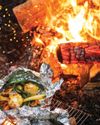
Into the Wild
Cooking along the 500-mile Colorado Trail taught Clean Eating editor Amanda M. Faison how to transform the campfire into a kitchen.
![[ Three Ways ] Tropical Punch [ Three Ways ] Tropical Punch](https://reseuro.magzter.com/100x125/articles/6144/994436/qSC8RoLOC1657772079105/crp_Hibiscus-Jamaican-sorrel-Recipes.jpg)
[ Three Ways ] Tropical Punch
Of African origin, hibiscus or Jamaican sorrel, is an important staple in West Indian and Mexican cooking. Hibiscus is sour enough to make you pucker and tropical enough to evoke the islands. Popularly brewed as a tea, the dried petals play well in savory or sweet recipes, too.
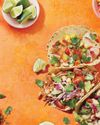
You Had Meat Tacos
"When it's done properly, taco should be a verb," declared Jonathan Gold, the late restaurant critic of the Los Angeles Times. Tacos are much more than a meal; they're an action.

The Multitasker
Collagen usually makes headlines for its skin-saving benefits. But did you know that it's also an essential nutrient for joint health? (Especially if you sit at a desk all day.)
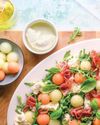
The Minimalist
Summer cooking is all about fresh and fast and avoiding the stove.
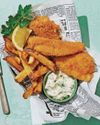
Lighten Up
If you've had an air fryer in your online cart since the start of the pandemic, it's time to commit. Let's just say it'll change your life.
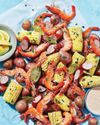
JUST RIGHT
The classic low-country boil is a celebration of place, tradition and ratio.
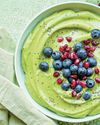
Recovery Days
The mantra that food is fuel is gold, but food as refuel is equally valuable.
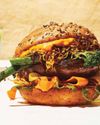
Lower your impact without sacrificing satisfaction.
Eat like a Reducetarian.